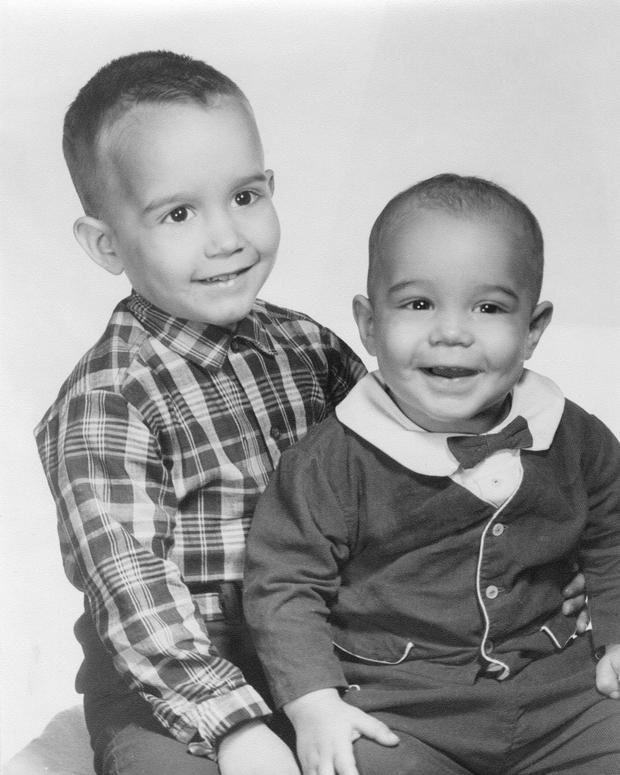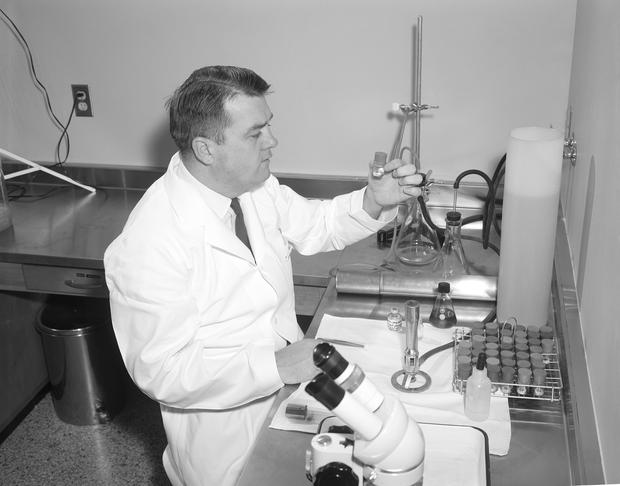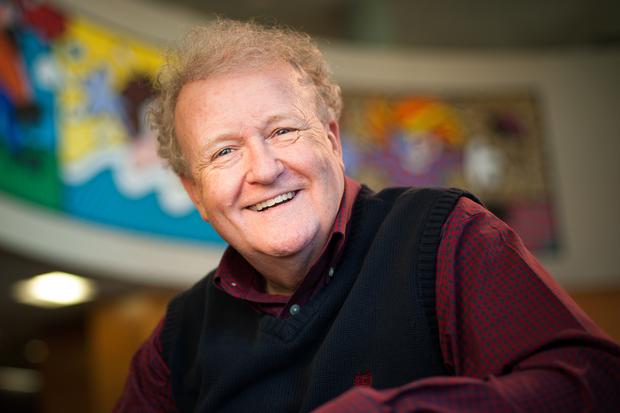
When a child is diagnosed with acute lymphoblastic leukemia now, there is more than a 90 percent chance of survival. But when James Eversull was diagnosed in 1964, there wasn’t much hope. He was just 18 months old when his parents discovered what was wrong. He remembers overhearing his family and doctors discussing his illness when he got a bit older.
“My nickname was ‘Jimmy,’ and they would say ‘Jimmy with cancer, Jimmy with cancer,’” said Eversull. “Because you say cancer back in the 1960s and they think if you touch them you’re going to catch it.”
But Eversull’s parents were determined to help him. The family drove almost 400 miles from their home in Louisiana to St. Jude Children’s Research Hospital in Memphis, TN.
St. Jude was named after the patron saint of lost causes for a reason.
“These children were often turned away,” said Dr. Donald Pinkel about his years as a young doctor in the 1950s. He went on to become the first medical director at St. Jude. “A lot of physicians just didn’t want to handle this situation, it was so sad.”
According to James Eversull’s mother Brenda, the hospital was not an encouraging sight.
“All during that day, I kept seeing kids die,” Brenda Eversull said. She was 19 years old at the time. “Tubes coming out here and there…it was horrible. I just wanted to take my son and go home.”
But the physicians at St. Jude were trying something new: a chemotherapy drug cocktail paired with radiation. They called it “Total Therapy.” It’s an early variation of what most acute lymphoblastic leukemia patients still get today. But patients like Eversull were among the first ones to try it, acting as experimental guinea pigs.
“You say experimental, you know, and I’m thinking, ‘Oh my god,’” Eversull said. “Like Young Frankenstein or Dr. Jekyll and Mr. Hyde. You’re giving me something and you don’t even know what it’s going to do?”
This was an era before experiments on humans were regulated. Pinkel had an advisory board for difficult ethical questions; it wasn’t as though they had no oversight. But the doctors thought experimenting with toxic treatments was worth the risk of the kids developing secondary illnesses. They didn’t know if the kids would survive otherwise.
“It was very difficult,” Pinkel said. “You have to be very careful in these early phases because you could shove them over the brink with your therapy.”
Chemotherapy was showing promise for some young patients, but the challenge was maintaining remission. What distinguished Total Therapy III from earlier protocols was the use of radiation to the brain to avoid relapse. It would result in a lasting remission for many of the children and the challenge became deciding when to take the children off of the treatment.
“I do remember one doctor said, ‘You stay with the winning horse,’” said Pat Patchell, 62, one of St. Jude’s oldest leukemia survivors.
“I think it was a pretty big decision on their part,” Patchell said. “It was very much unknown territory. That’s why they kept an eye on me for so long. I was into my 30s before I stopped coming back every year.”
Both Pat Patchell and James Eversull still return to St. Jude for periodic check ups. Of the 26 children who started “Total Therapy III” treatments in the early 1960s, only five made it to adulthood and three are alive today. But this research was a crucial step in developing a treatment for acute lymphoblastic leukemia.
"Total III was the breakthrough," said Pinkel. "That's where we got cures and that's where we have patients today who are up there in age now and are alive and well."
When these men were patients the chance of surviving was less than 5 percent, but a decade later, thanks in part to this research, oncologists could start to say there was a cure for acute lymphoblastic leukemia.
Our series is produced with NPR, and with ‘Ken Burns Presents: Cancer: The Emperor of All Maladies’ which will air on PBS stations March 30th, 31st and April 1st. Check your local listings for broadcast times.



